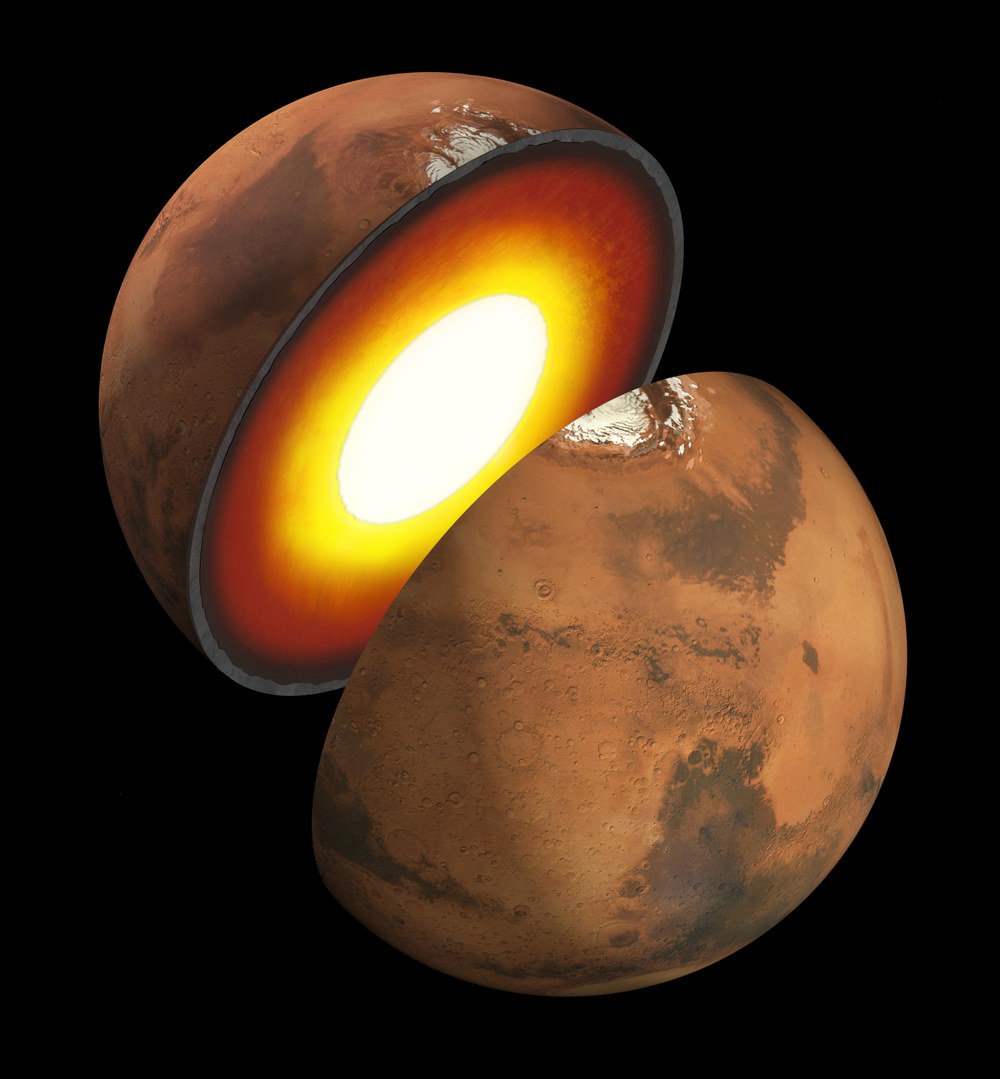Green light for InSight and Mars 'mole'


The National Aeronautics and Space Administration (NASA) has finally confirmed the new launch date for the InSight mission, with the first launch opportunity to the Red Planet set for 5 May 2018. The mission was in fact scheduled for launch in March 2016, and land on Mars six months later. But a vacuum leak in the SEIS instrument (Seismic Experiment for Interior Structure) upset planetary researchers' plans. With InSight (Interior Exploration using Seismic Investigations, Geodesy and Heat Transport), the geophysical properties of Mars will be investigated. The German Aerospace Center (Deutsches Zentrum für Luft- und Raumfahrt; DLR) is using the additional time before the launch to optimise the HP3 sensor package (Heat Flow and Physical Properties Package) – a thermal probe with a penetrometer known as a 'mole', which bores holes up to five metres deep into the ground. "We are reviewing the design again critically and are attempting to further reduce the risks to the probe's operation," explains Tilman Spohn, Head of the DLR Institute of Planetary Research and principal investigator of the HP3 experiment.
Ready for impact on Martian ground
The 'Mole' will hammer the Martian surface approximately 10,000 times, inserting a tether with temperature sensors into the planet’s surface to a depth never before reached on the Red Planet. "A high shock load acts on the inner components of our probe during this process," explains Spohn. The scientists are looking to once again reduce this. In order to do so, an optimised qualification model must be designed, built and tested: If the new model fulfils the requirements to an even better extent than the previous flight model in the live test in a metre-high column filled with sand, an optimised flight model will be built and integrated into the Mars lander. However, nobody knows the exact nature of the Martian soil and nobody can guarantee that a rock will not be located in the 'mole's' drilling direction. Spohn adds: "We can reduce the risk, but we also know that we cannot eliminate it entirely – InSight represents an extraordinary and extremely challenging mission." Once the probe has inserted the temperature sensors into the ground, these sensors will measure the temperature and thermal conductivity in the ground for one Martian year – equivalent to approximately two Earth years – to ultimately calculate the heat flow of the planet.
NASA had budgeted $675 million for the InSight mission. With the revision of the SEIS instrument provided by French Space Agency CNES and the two-year delay, NASA estimates additional costs of $153.8 million. Current missions are not, however, set to be delayed or cancelled due to the additional costs.
